| the_lady_vanishes_march_blog_dna_testing_for_unknown_ancestor_mysteries_michelle_leonard_updated.pdf |
DNA Testing For Unknown Ancestor Mysteries
By Michelle Leonard
| So which relatives on his tree should Jack concentrate on trying to test? Maternal Grandfather: Jack’s maternal grandfather would be by far the best tester since all 100% of his DNA came from the two mystery great grandparents. This means every single match on his list would be related to the two mystery lines. If he was able to test not only would we have many more relevant matches to work with but a huge amount of work that needs to be done to eliminate matches who are related on the wrong lines on Jack’s list could be avoided. Sadly Jack, like most people in his situation, does not have his maternal grandfather to test so this is not possible. My rule is always look to test the generation closest to the mystery first but if that’s not possible then move down to the next generation instead e.g. If you don't have your maternal grandfather to test then look to his children. |
I liken DNA testing for genealogy mysteries to trying to complete a giant jigsaw puzzle - the more important pieces you can place on the board yourself, the easier it will be to identify other key pieces and build the jigsaw.
www.whodoyouthinkyouarelive.com/workshop-timetable-dna.
Michelle is hosting her own workshop about autosomal DNA for family tree research on Saturday at 11.15 am. All you need now are your tickets to the show which are available at a discount - just click the image below:
| the_lady_vanishes_march_blog_dna_testing_for_unknown_ancestor_mysteries_michelle_leonard_updated.pdf |
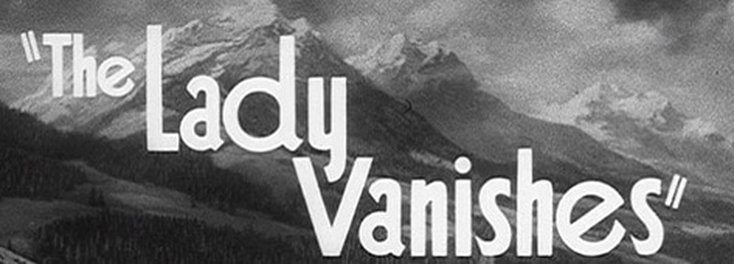
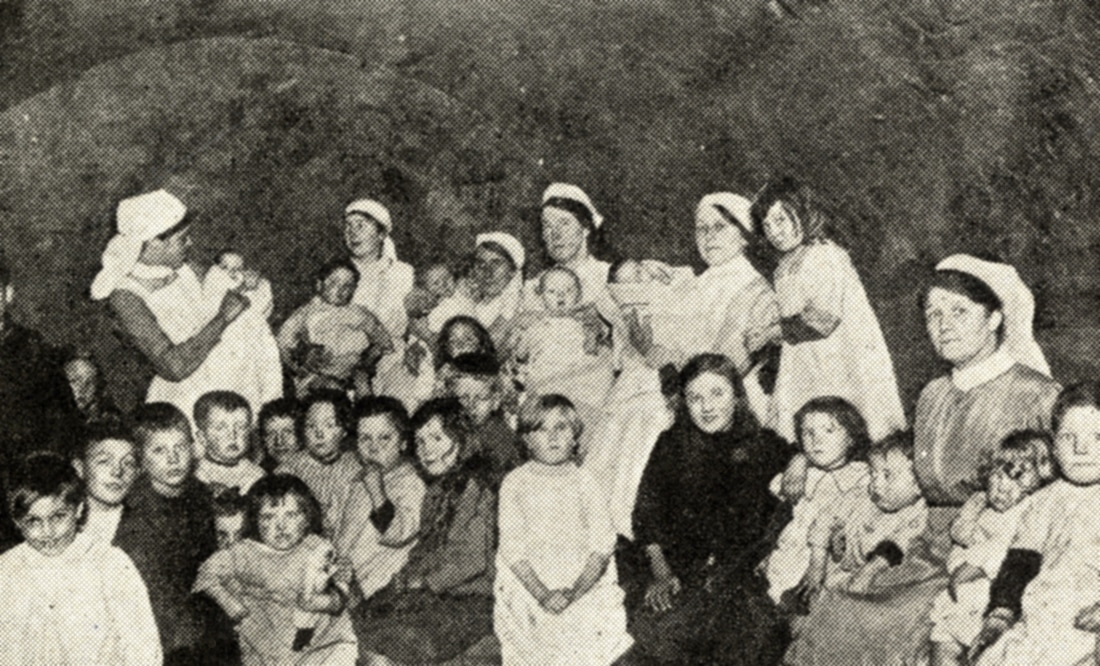
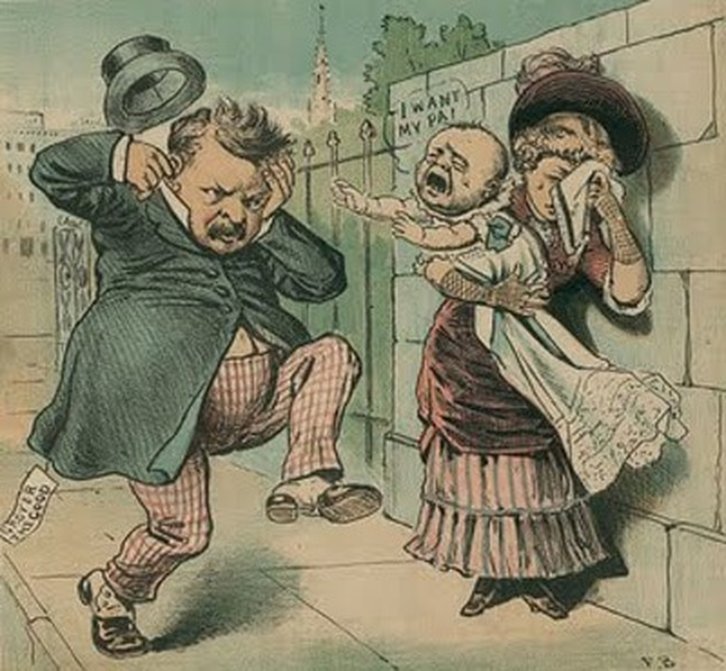
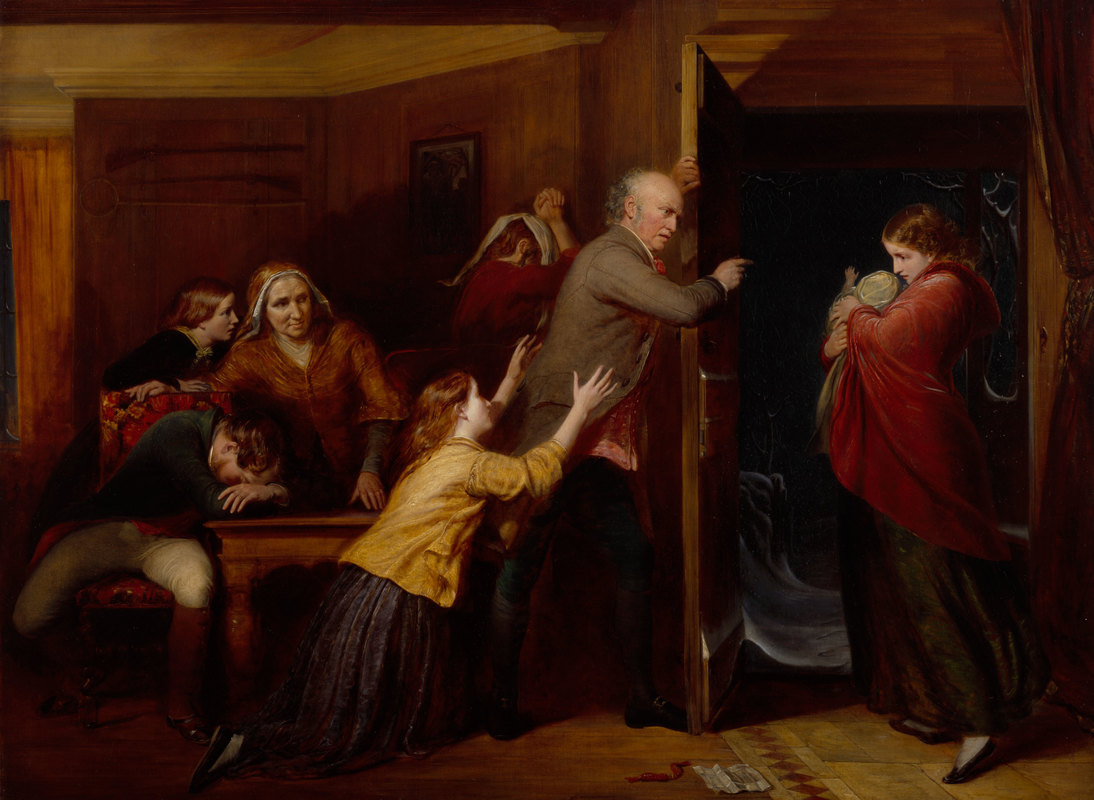
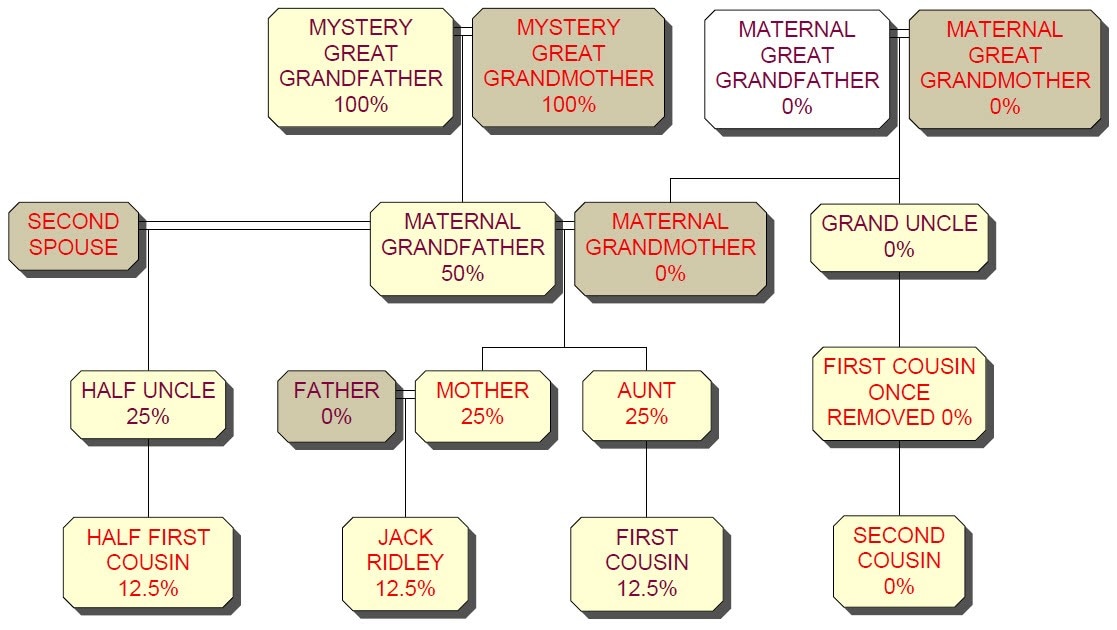
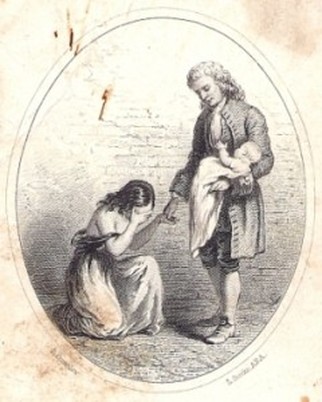
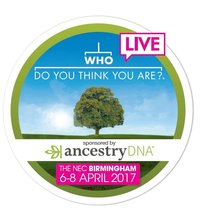
 RSS Feed
RSS Feed
